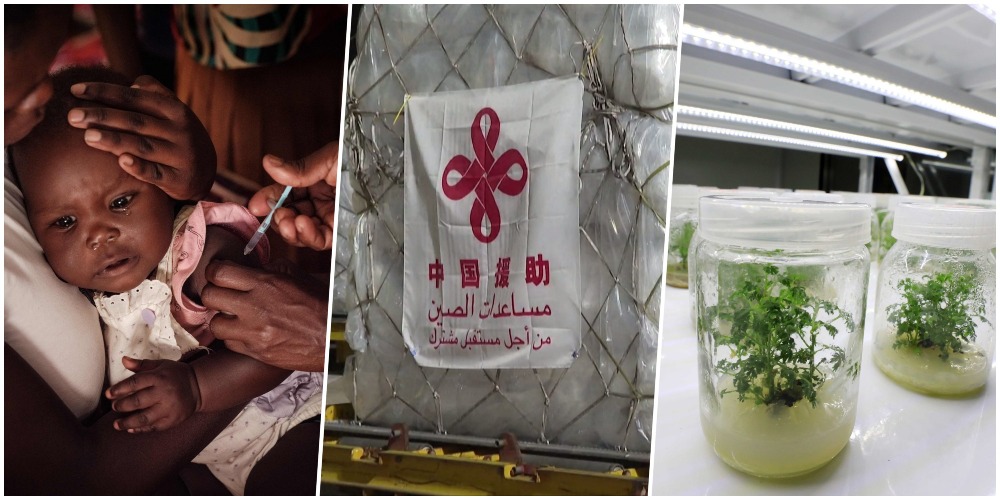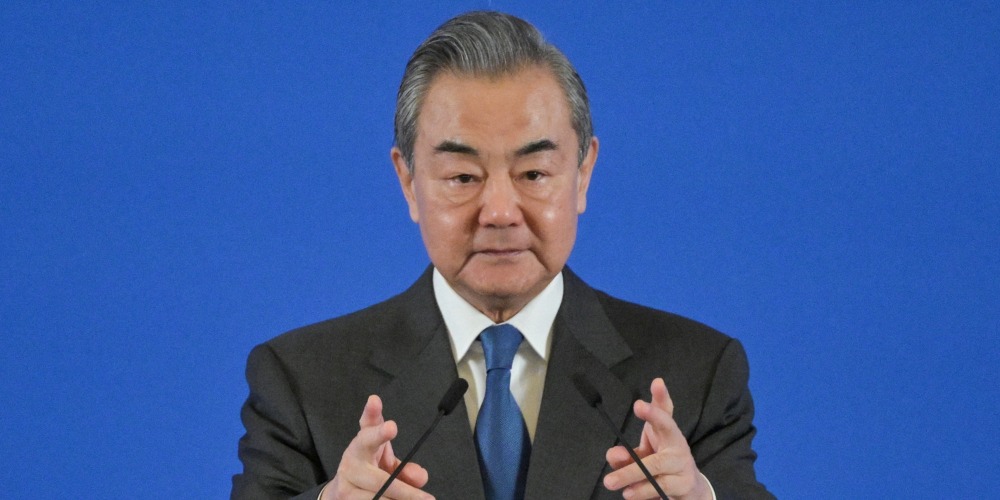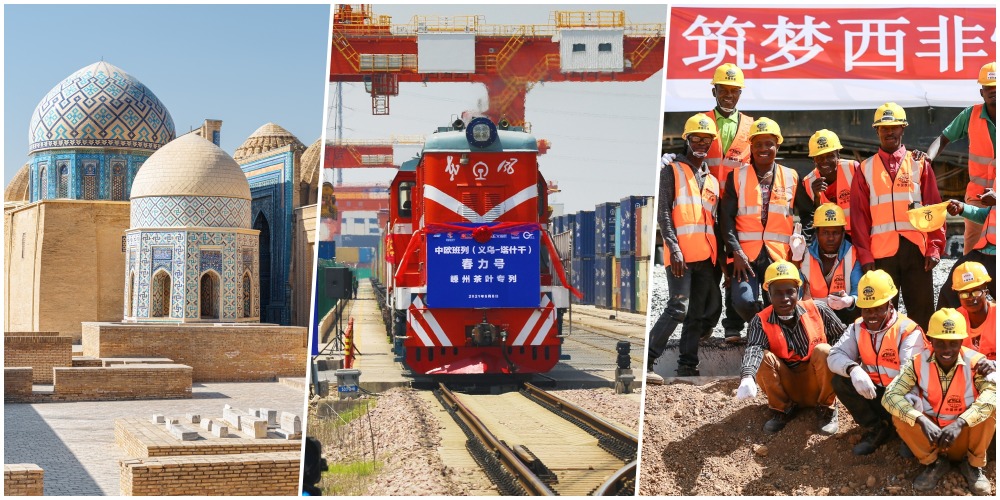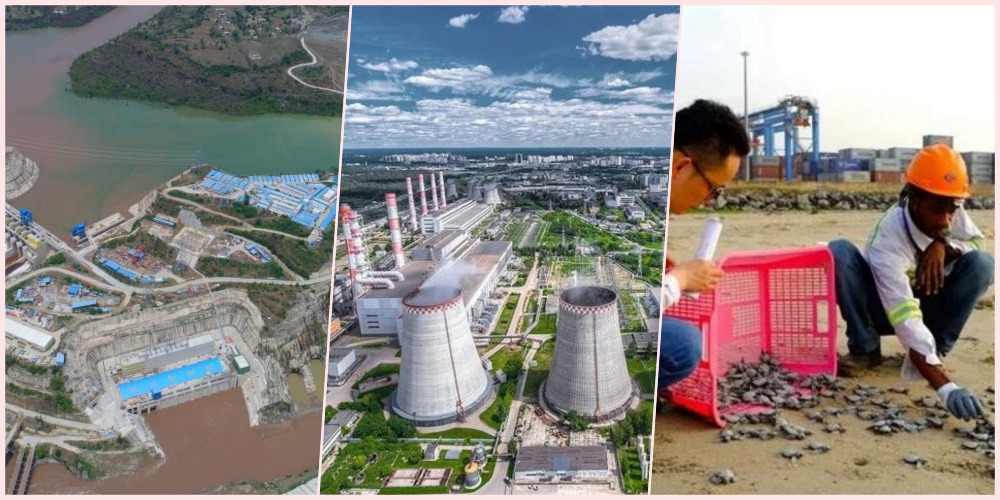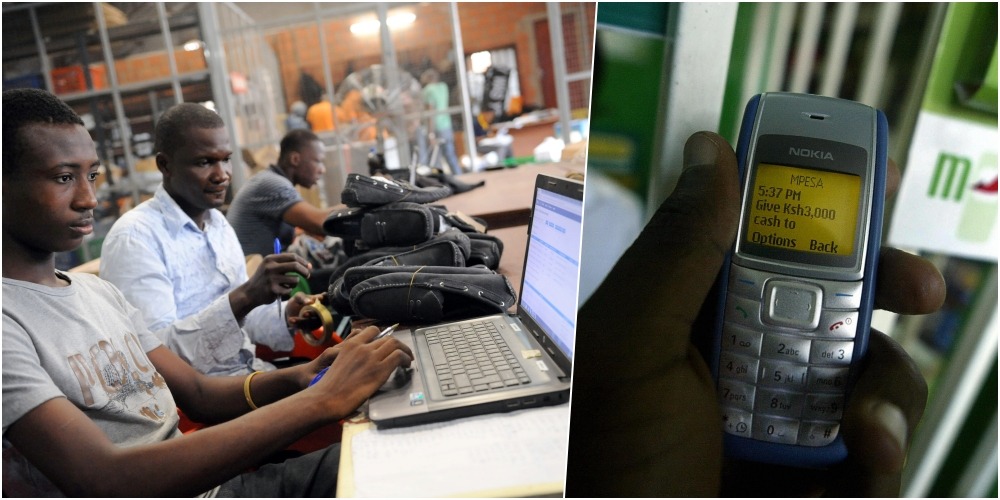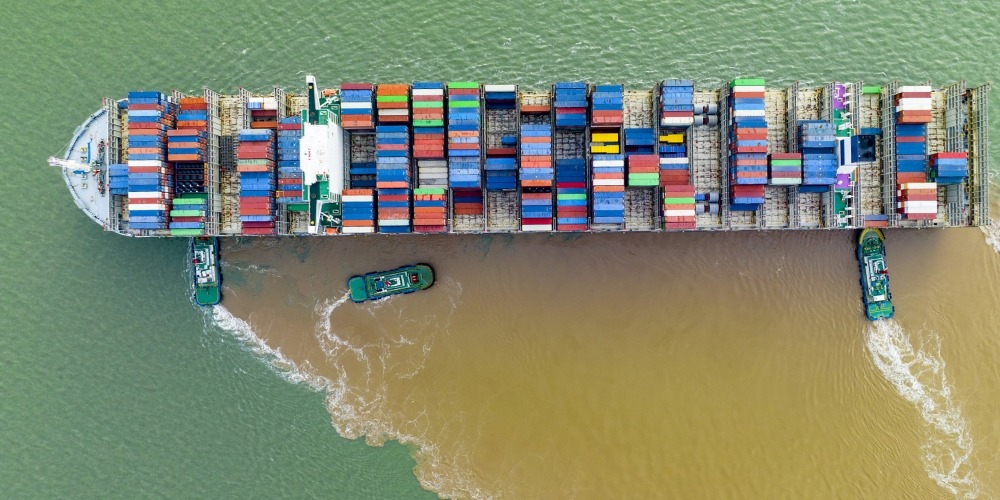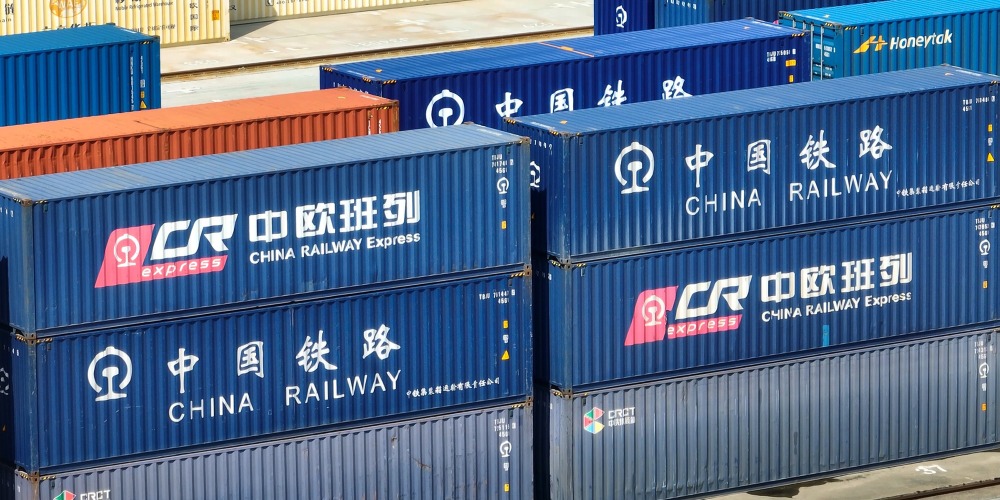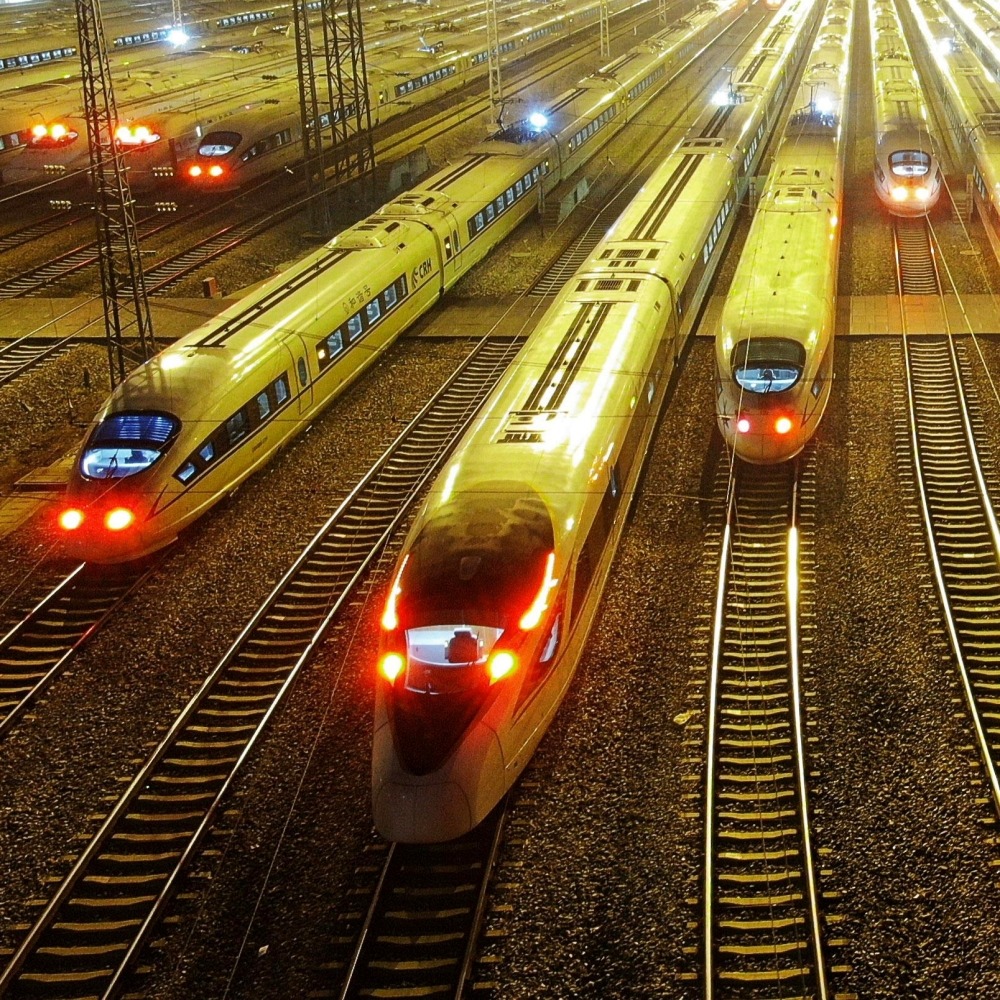Published : 2024-03-05
Since its proposal in 2013, the Belt and Road Initiative (BRI) has now reached its 10th anniversary. From a blueprint to today's reality, the Belt and Road Initiative has manifested into tangible development benefits for various countries and welfare for the people.
This article mainly introduces what the Silk Road of Health is and its key achievements.
Belt&Road|China develops "lifesaving drug" to aid Africa out of malaria
As one of the most contagious diseases in the world, malaria has threatened human health from ancient times to the present, and was once widely prevalent in China.
Since the 1950s, China has been working to prevent the spread of malaria. After more than 70 years of unremitting efforts, malaria has gone from about 30 million cases per year to zero domestic cases.
In 2021, China officially received the "Certification of Malaria Elimination" from the World Health Organization (WHO), making a major breakthrough in human history against malaria.
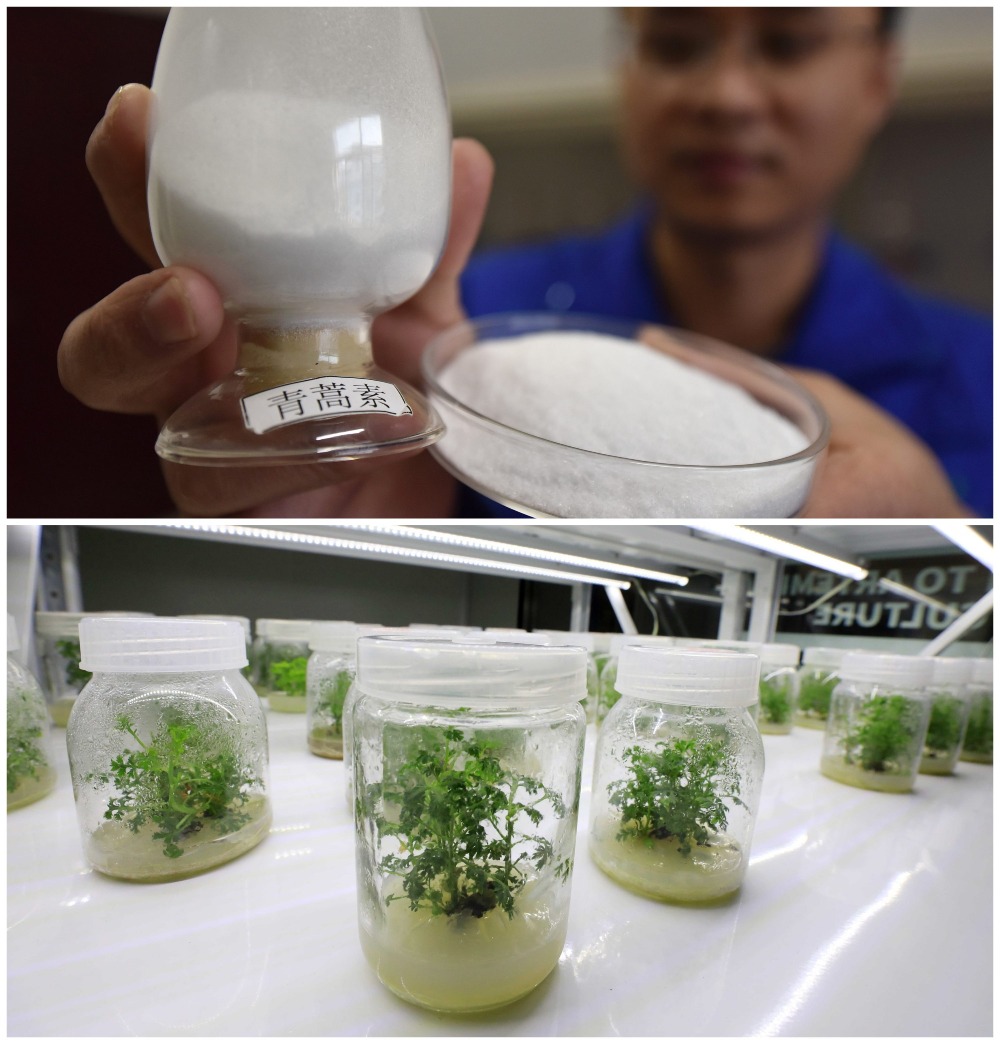
However, many countries around the world are still facing the threat of malaria, with Africa's situation being the most severe.
Since the proposal of the Belt and Road Initiative, China has been committed to sharing its own experiences abroad to help various African countries eliminate malaria.
For example, the "Chinese Anti-malaria Scheme" was implemented in the African country Sao Tome and Principe by using artemisinin to provide oral medications and vaccines.
Nowadays, the annual incidence rate of malaria in several pilot villages there has successfully been reduced from 60% to 3%, achieving remarkable results.

According to WHO statistics, the mortality rate from malaria in Africa decreased by approximately 40% between 2000 and 2020, and the average life expectancy of Africans increased by 9.4 years.
These data bear witness to the wisdom and efforts of Chinese medical experts, contributing significantly to the paving of a Silk Road of Health.
Read more: Nobel Prize in Medicine winner Tu Youyou changes the world with "Chinese Magic Drug"
Belt&Road | What is Silk Road of Health?
What exactly is the Silk Road of Health?
The concept of the "Silk Road of Health" was officially proposed in 2016 as an important part of the Belt and Road Initiative.
The main content includes setting up a Belt and Road public health network and promoting coordinated cooperation between countries and regions along the route in monitoring, prevention and control, and response to major infectious diseases.
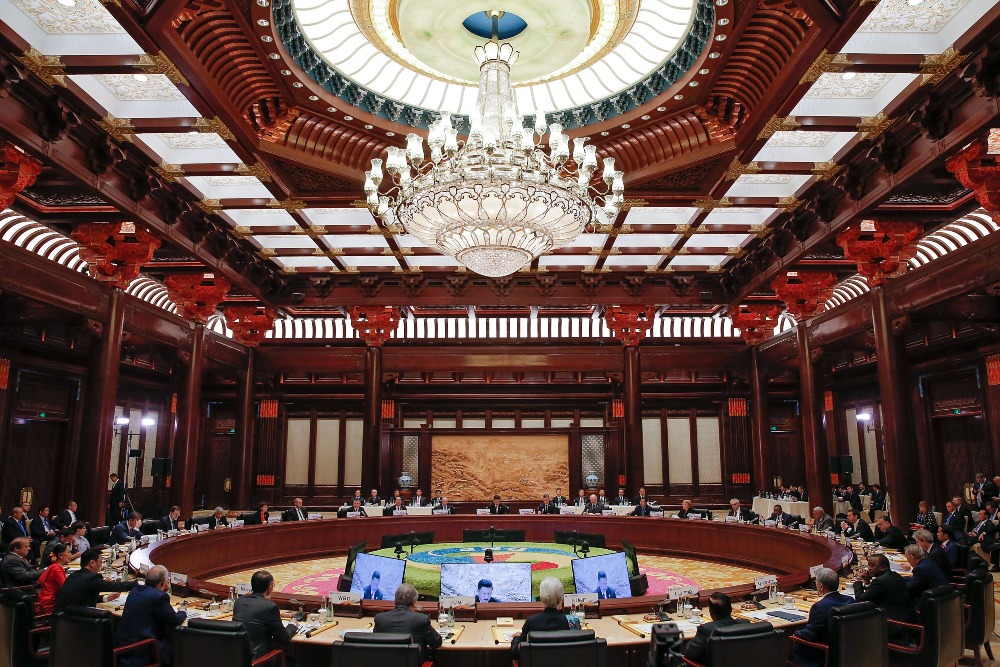
Over the past 10 years, China has made great progress in the construction of the "Silk Road of Health", which has yielded fruitful results and made significant contributions to human health.
First of all, in terms of medical and health aid and the prevention and treatment of major infectious diseases, China continues to strengthen joint prevention and control efforts with Belt and Road countries in infectious diseases such as malaria, plague, AIDS, and schistosomiasis.
Since dispatching its foreign aid medical teams, China has sent nearly 30,000 medical personnel to 76 countries and regions, treating nearly 300 million patients, saving countless lives.
Following the Chinese proverb "Give a man a fish and you feed him for a day; teach a man to fish and you feed him for a lifetime", China has been carrying out long-term talent cooperation and cultivation programmes with hospitals and schools in more than 20 Belt and Road countries since 2013, covering various fields such as public health, infectious diseases, and clinical medicine.
With these efforts, a series of "indispensable" high-level medical teams have been set up, helping more developing countries to improve their public health systems.
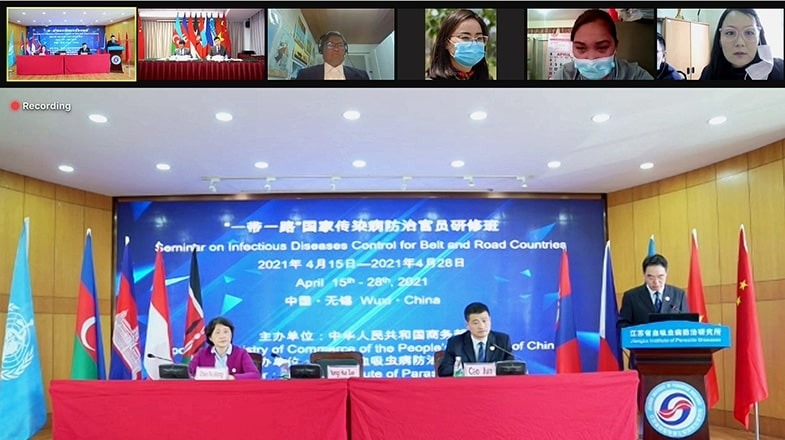
Especially after the COVID-19 pandemic, the insufficiency of medical and health infrastructure in many Belt and Road countries has been highlighted. Therefore, strengthening the construction of medical and health infrastructure in partner countries is also an important part of the "Silk Road of Health".
A white paper titled "China's International Development Cooperation in the New Era" was published in 2021, proposing that China will continuously and sustainedly help developing countries improve their medical systems.
Measures in the white paper include cooperating with the WHO to establish multiple counterpart cooperation mechanisms, jointly building clinical specialties and disease control centres, and filling the gap in medical technology for Belt and Road countries.
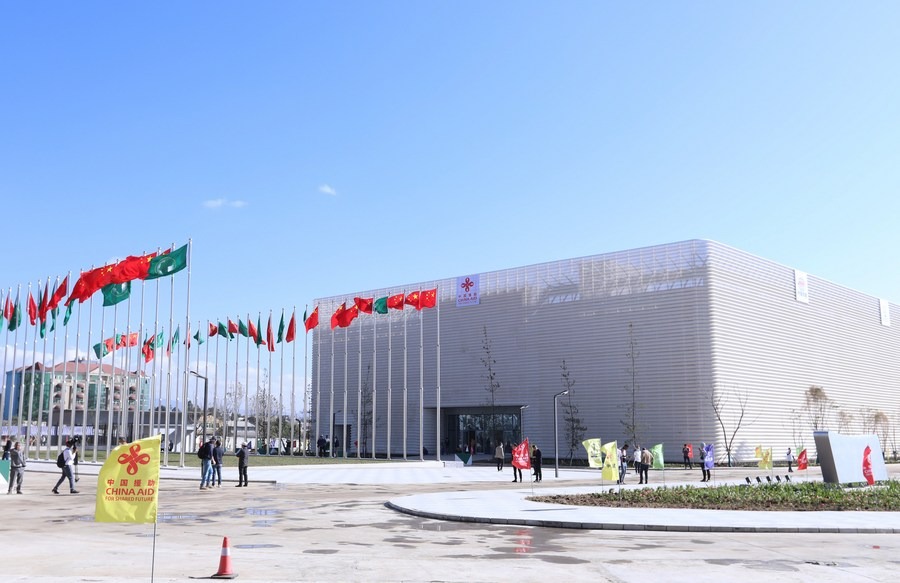
Over the past 10 years, China has demonstrated its commitment as a major country by sending medical teams, improving medical and health infrastructure, training talents, and providing health assistance, etc.
China has continuously deepening cooperation and exchange with Belt and Road countries in the field of health, and the Silk Road of Health has become an important brand for China's medical "going out", making a major contribution to building a global community of health for all.
Read more: Intro to Belt&Road|How is the Belt&Road built? 5 key points of cooperation
Read more: Belt&Road|10-year achievements of the "Belt and Road"
